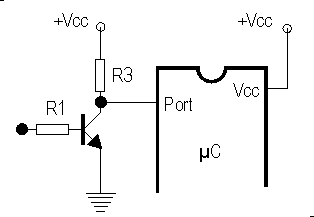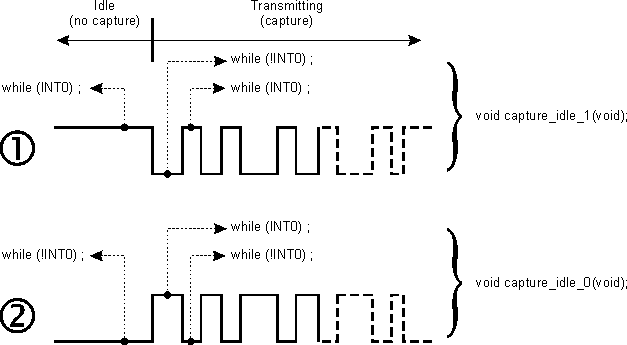Help
Advanced Member level 2
rf reciver
Hi,
Can we direct interfacing the receiver output to uC? withou connet any decoder IC.
I have one RF transmitter and receiver car remote control. I don't have oscilloscope to measure the incoming receiver. So, i try to write the decode coding and RS232 coding in my uC for simulate. I assumed the receiver generate 16bits output signal, then i will decoded it to 8bits then display the result via RS232.
But the problem is i can't get very actual result and it generate all differents signal.
May i know the receiver output signal will the signal be at a constant bit rate ? and
will the data to be received start will a known start pattern ?
What can i do for my next step?
Thank You.
Hi,
Can we direct interfacing the receiver output to uC? withou connet any decoder IC.
I have one RF transmitter and receiver car remote control. I don't have oscilloscope to measure the incoming receiver. So, i try to write the decode coding and RS232 coding in my uC for simulate. I assumed the receiver generate 16bits output signal, then i will decoded it to 8bits then display the result via RS232.
But the problem is i can't get very actual result and it generate all differents signal.
May i know the receiver output signal will the signal be at a constant bit rate ? and
will the data to be received start will a known start pattern ?
What can i do for my next step?
Thank You.

